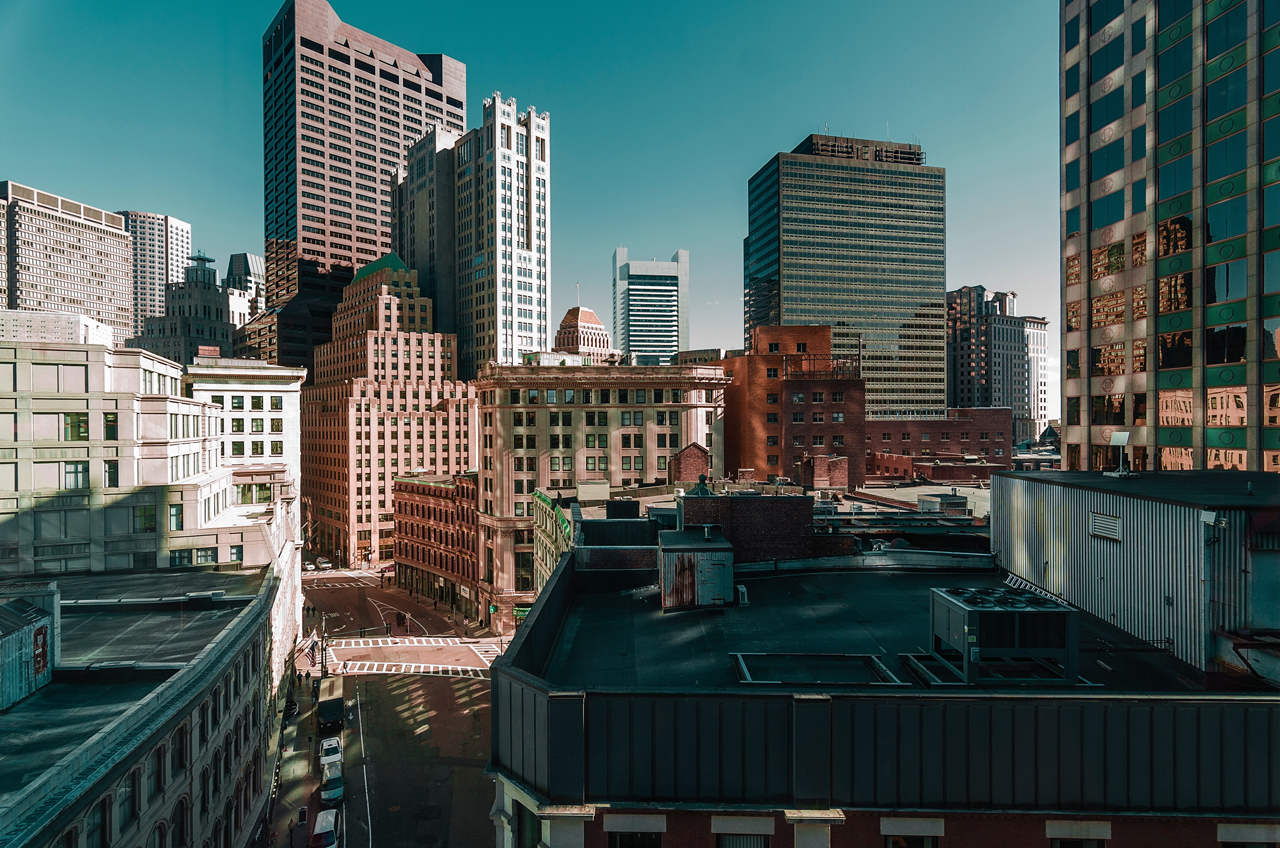5 Ways Cities Are Standing Up To Climate Change
Published on by Water Network Research, Official research team of The Water Network in Government
The places where the most people will be affected by rising seas and extreme weather are also the places coming up with the best ideas to solve problems.
More than 90% of the world's urban area is coastal, and a good percentage of that coast is threatened by climate change, either in the form of rising sea levels or more powerful storms.
Because cities' populations will face the brunt of global warming, city governments have been forced to make themselves laboratories for innovative responses.
A report led by Sustainia, a Danish sustainability think tank, identifies 100 new ideas for improving sustainability in the world's cities, from converting waste to energy to improving walkability. We picked five ideas that caught our eye below.

[Photo: Qusai Akoud via Unsplash]
BOSTON: MAPPING LOCAL ENERGY OPPORTUNITIES

Experts expect power to be increasingly localized in the future. Communities or groups of buildings will cooperate to produce and share energy resources instead of doing all the producing, storing, and sharing independently.
As part of its Community Energy Study, Boston mapped hourly energy use across 85,000 buildings, demonstrating the potential for 42 local microgrids or shared district heating systems (where energy is transferred as hot water or steam). The study found $629 million in potential savings from reducing collective CO2 reductions.

[Photo: Jason Ortego via Unsplash]
TOKYO: OWNERS AND RENTERS COLLABORATE ON ENERGY EFFICIENCY
"Split incentives" are a big barrier to greater energy efficiency in buildings. When building owners pay heating bills, for example, renters have no incentive to turn down their thermostats.
But in Tokyo, tenants are now graded publicly by the city government for energy efficiency alongside landlords, spurring more collaboration, according to the report. Tokyo hopes to cut energy use in residential buildings by one-sixth by 2020.

[Photo: Alexey Topolyanskiy via Unsplash]
WASHINGTON, D.C.: PACE FUNDING FOR PUBLIC HOUSING
Property Assessed Clean Energy (PACE) funds retrofits and renewable energy projects, so property owners pay nothing up front. The cost is transferred to monthly bills. D.C. refurbished the $16.8 million Phyllis Wheatley YWCA (HVAC, lighting, domestic water heating, and plumbing systems, and 33-kW solar PV system) using public-private PACE funding.
It was the first time the Department of Housing and Urban Development had approved such a project, which provides 82 affordable housing units for "homeless women in transition."
"The novel mechanism enables rents to remain low enough so the property can remain as public affordable housing for at least 40 years, while at the same time it decreases its ecological footprint," the report says.

[Photo: Austin Lee via Unsplash]
LOS ANGELES: EV SHARING IN LOW-INCOME COMMUNITIES
This year, L.A. launched a public electric car-sharing fleet for disadvantaged communities, hoping to plug gaps in transit. It has 100 EVs and 200 charging stations. In three years, the city hopes for 7,000 new users, and to avoid the purchase of 1,000 new private vehicles.
"The city is helping to increase access to economic opportunities while also promoting behavior change, eco-friendly mobility options, and improved air quality," the report says.

[Photo: mayichao /iStock][/mayichao]
WUHAN: CARBON CREDITS SPIN BIKE SHARING
Wuhan, a city in eastern China, has three entries on Sustainia's list, including a bike-sharing scheme that tracks individual contributions to CO2 reductions. Every time someone takes a bike, they get a carbon credit that can be exchanged for small items and services like movie tickets. Cycling is thus encouraged.
Tallinn, the capital of Estonia, by the way, has another way of incentivizing public transit: It charges nothing for it.
Read and download the full '100 Solutions for Climate Change in Cities' report here
Source: FastCoExist
Media
Taxonomy
- Integrated Urban Water Management
- Smart City
- Climate Change
- Climate Change Resilience
- Integrated Infrastructure
- Climate Protection
- Environment
- Eco-City Development
- City